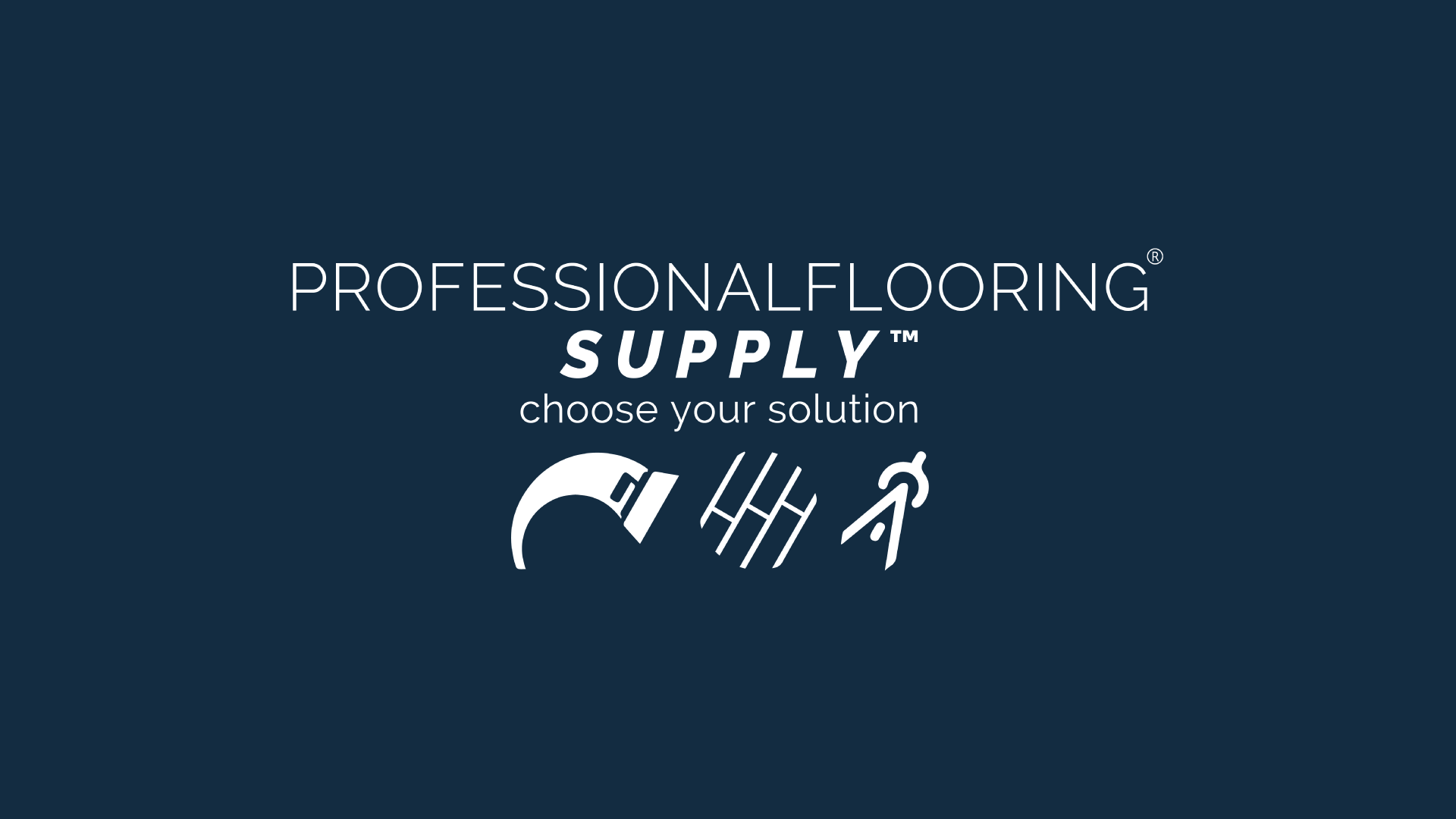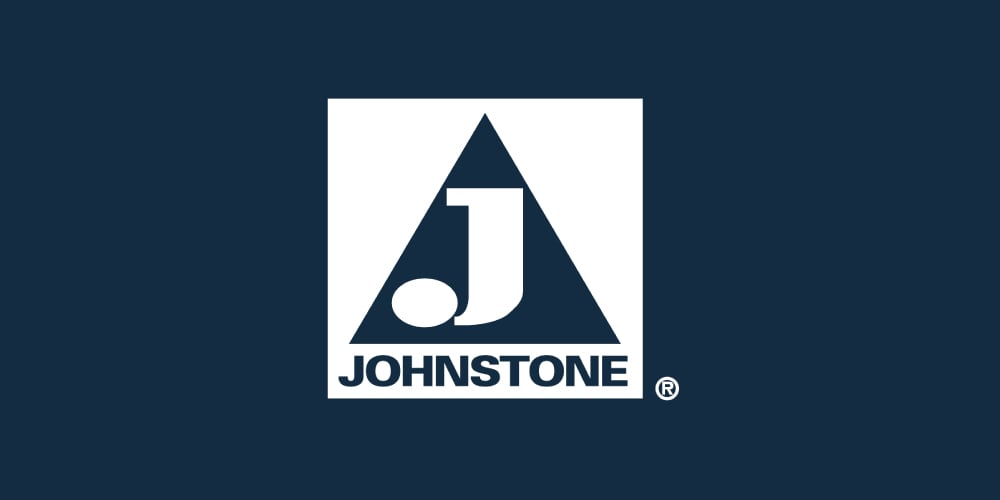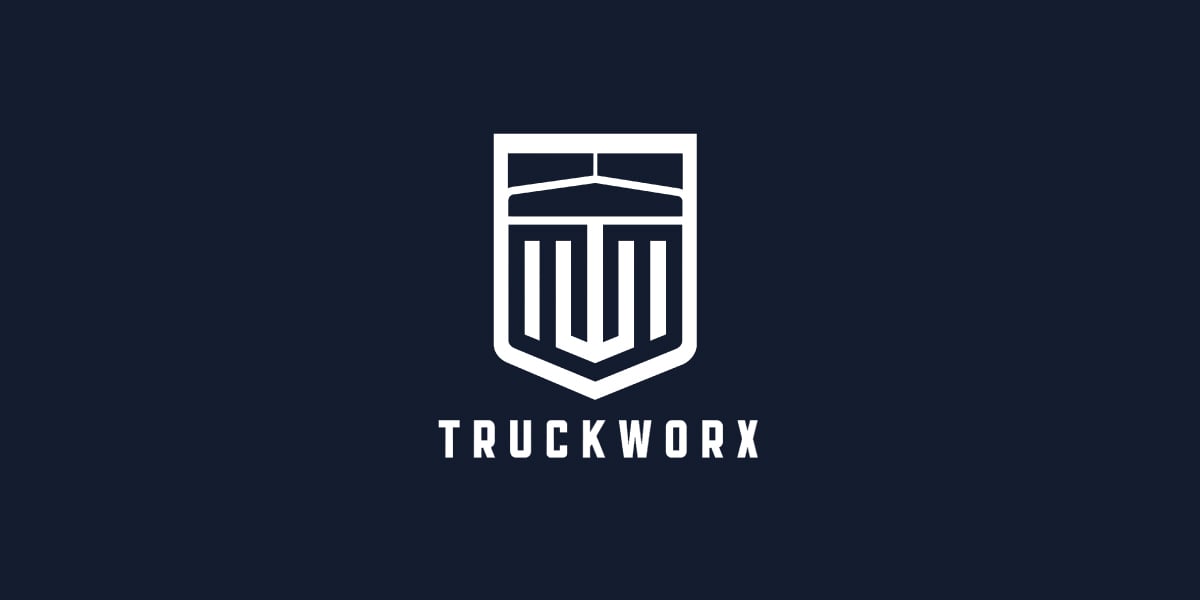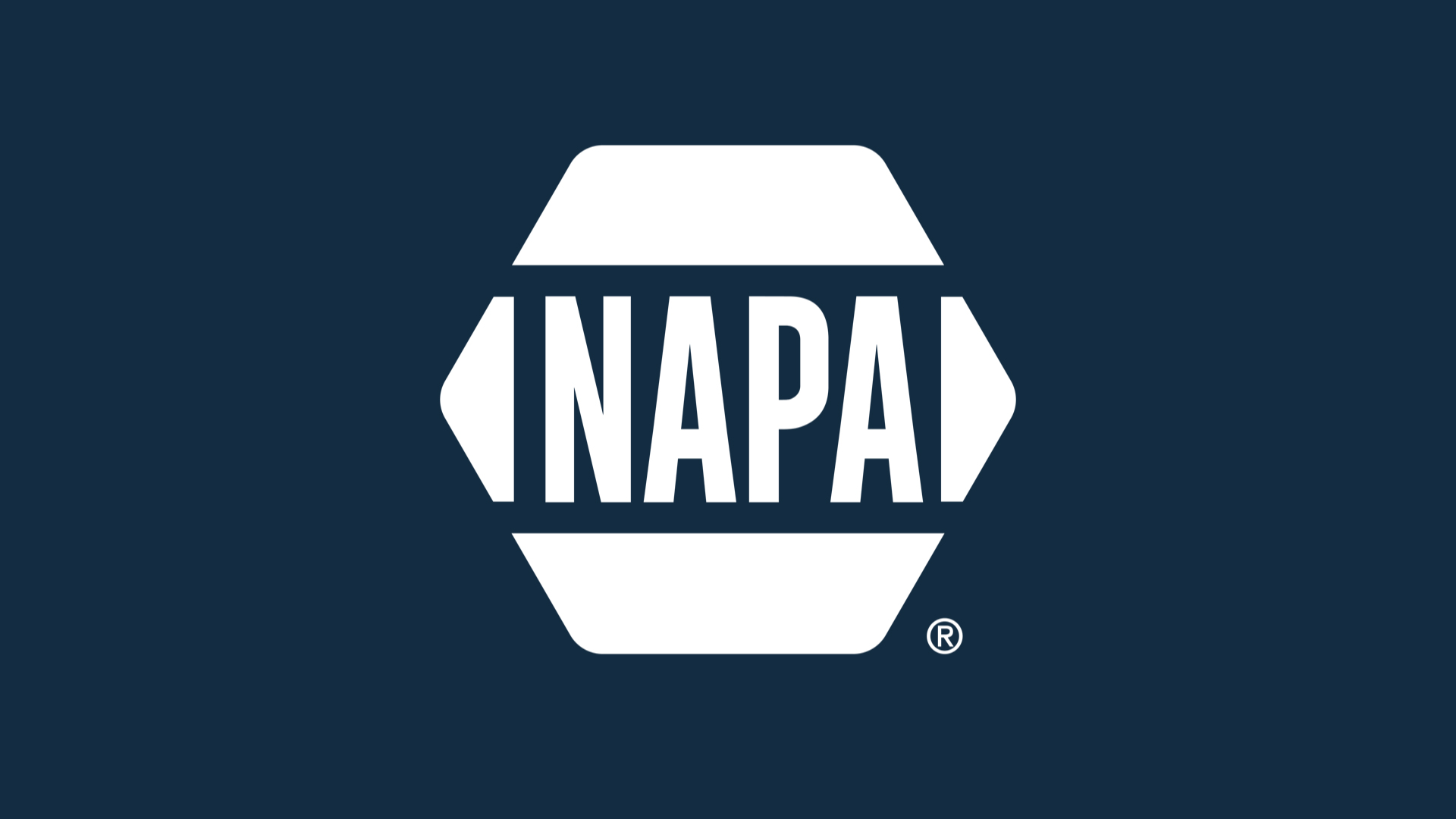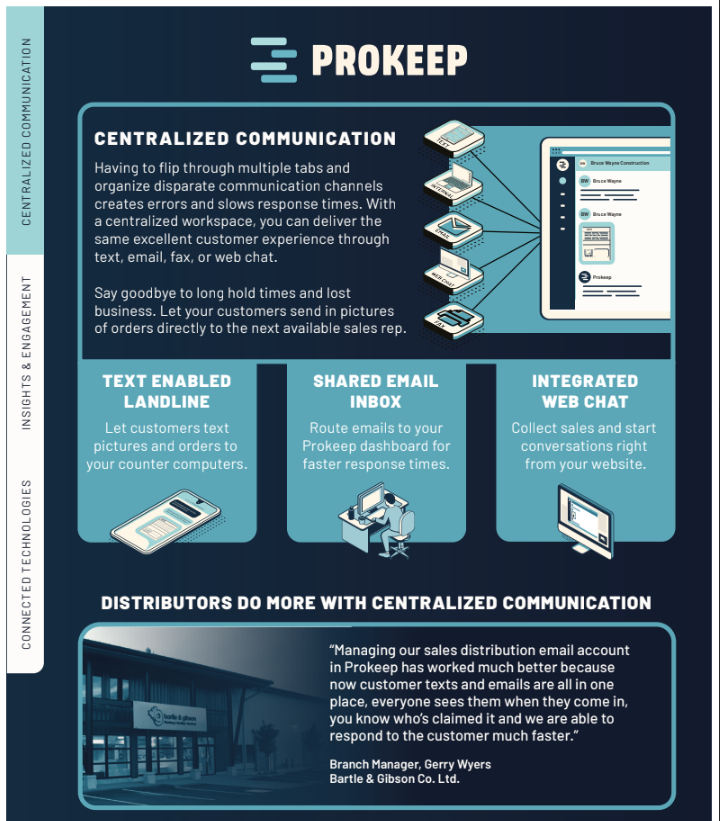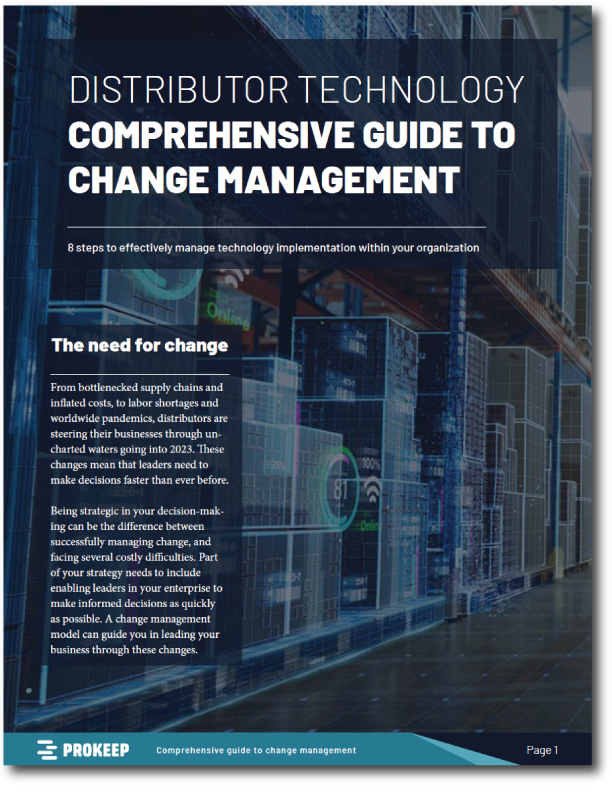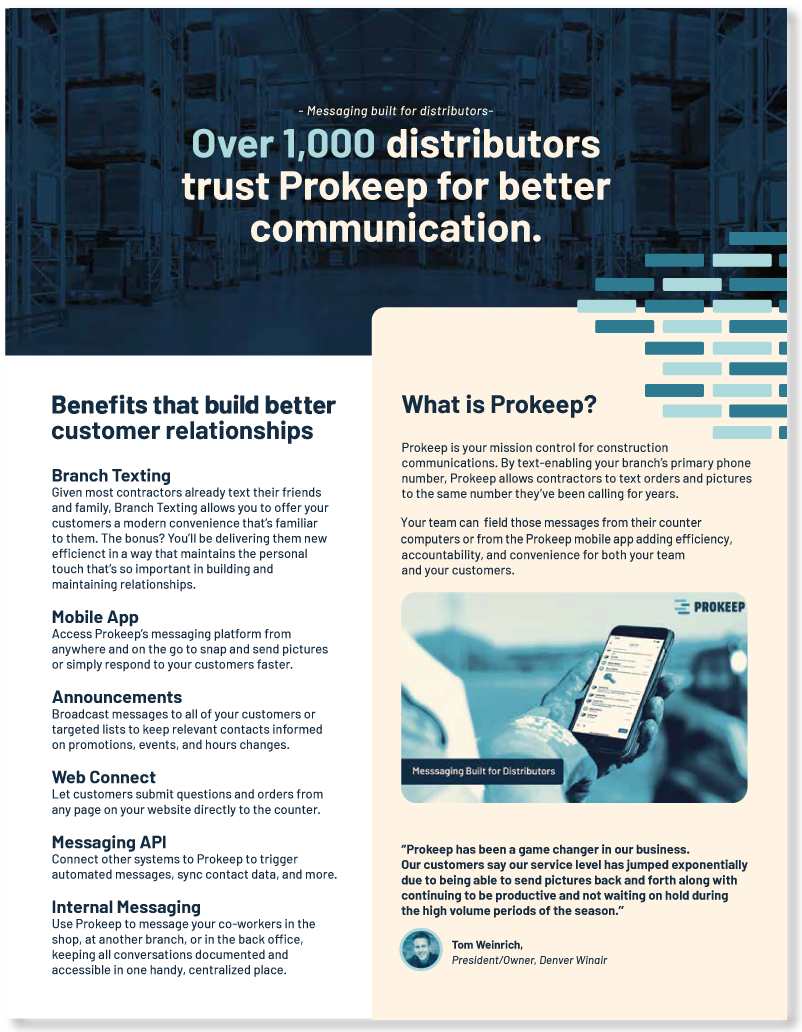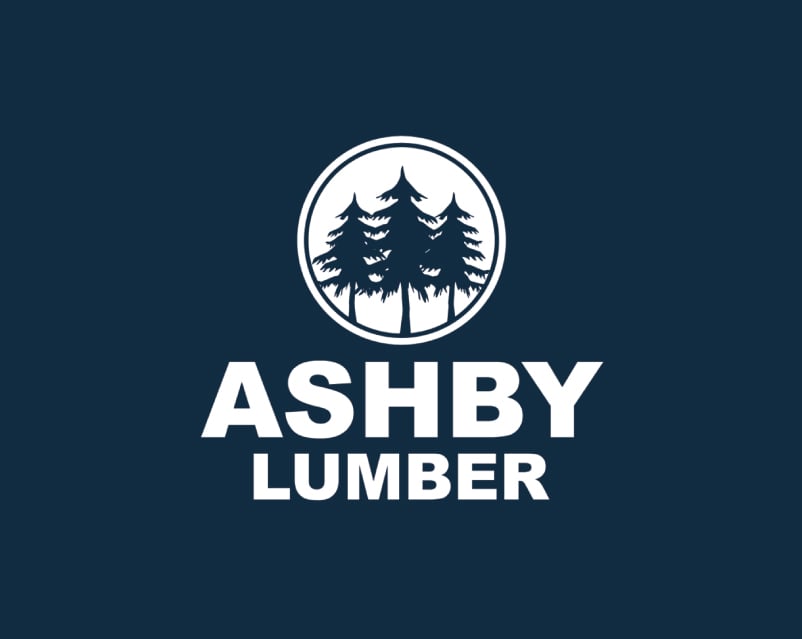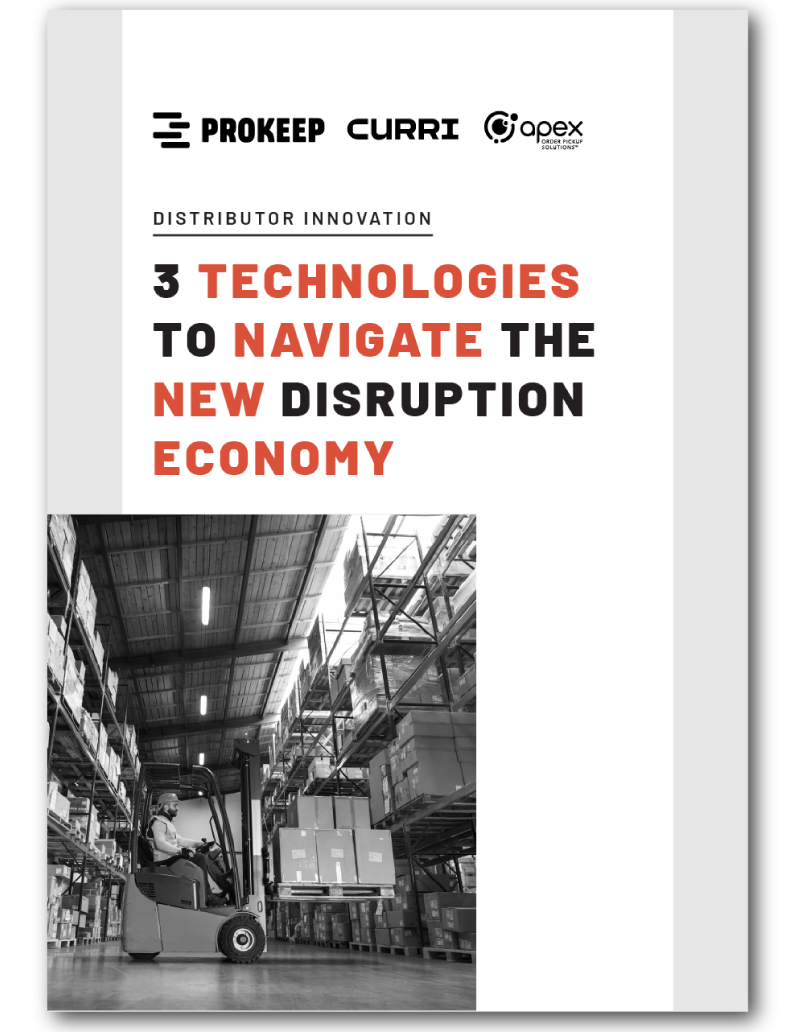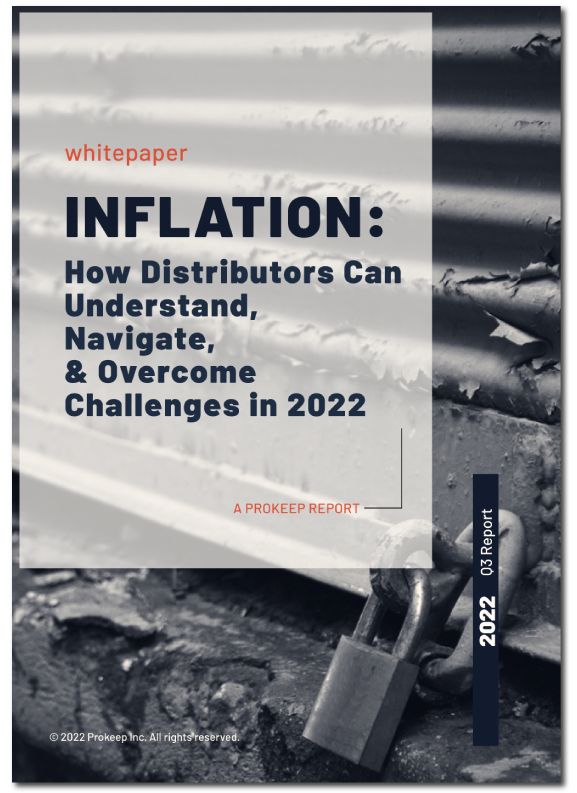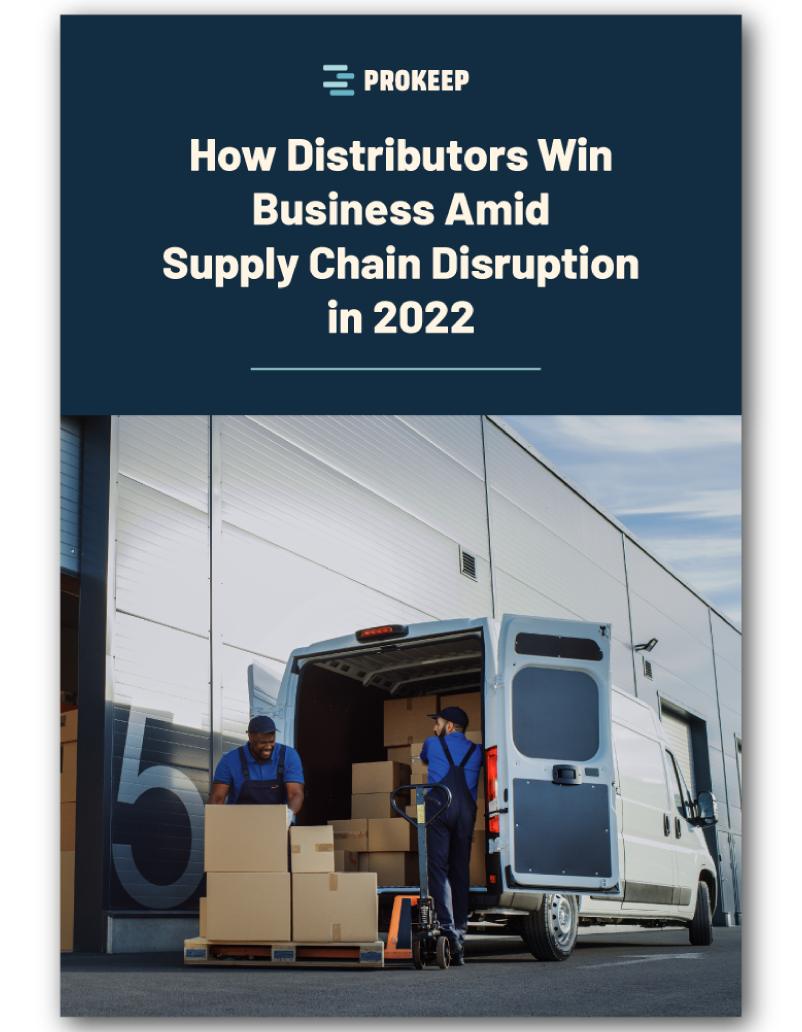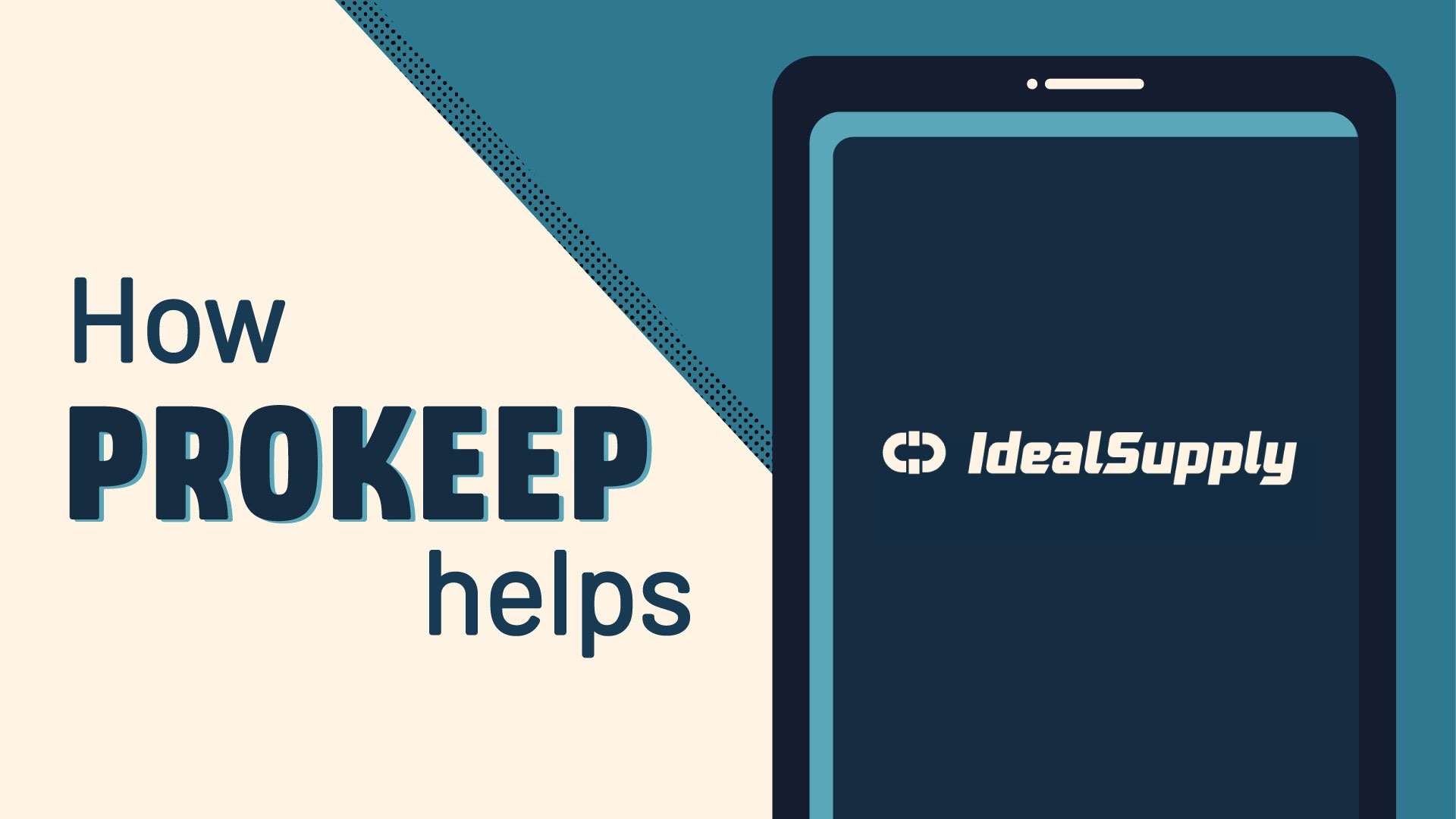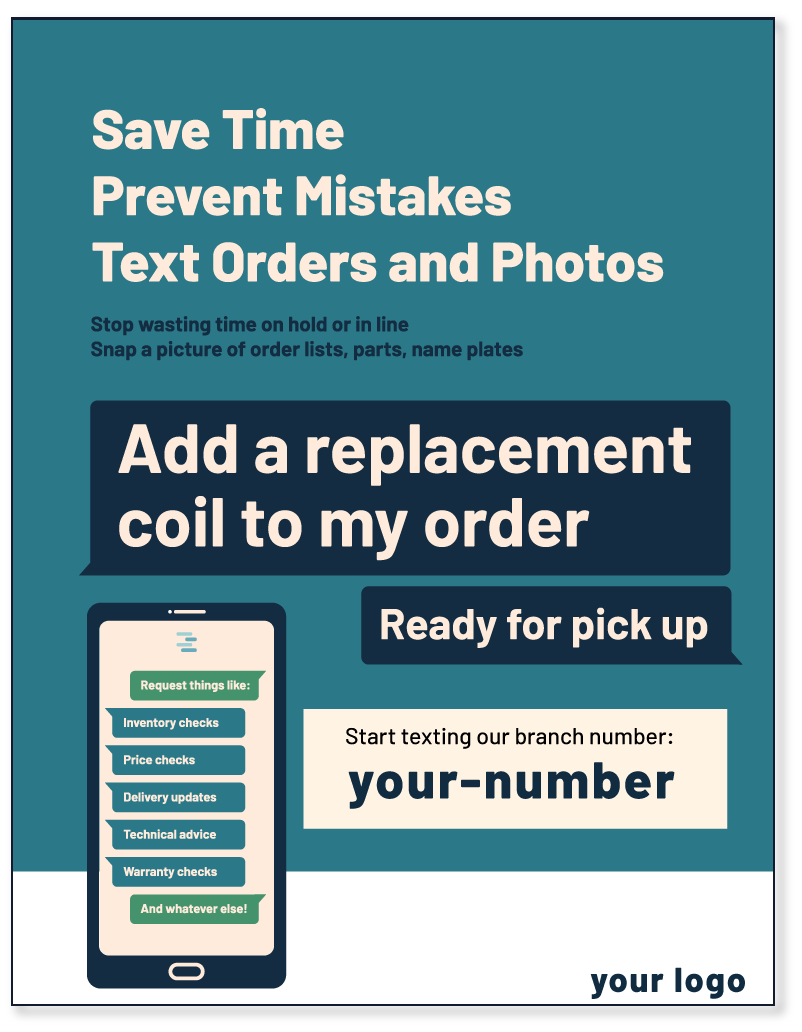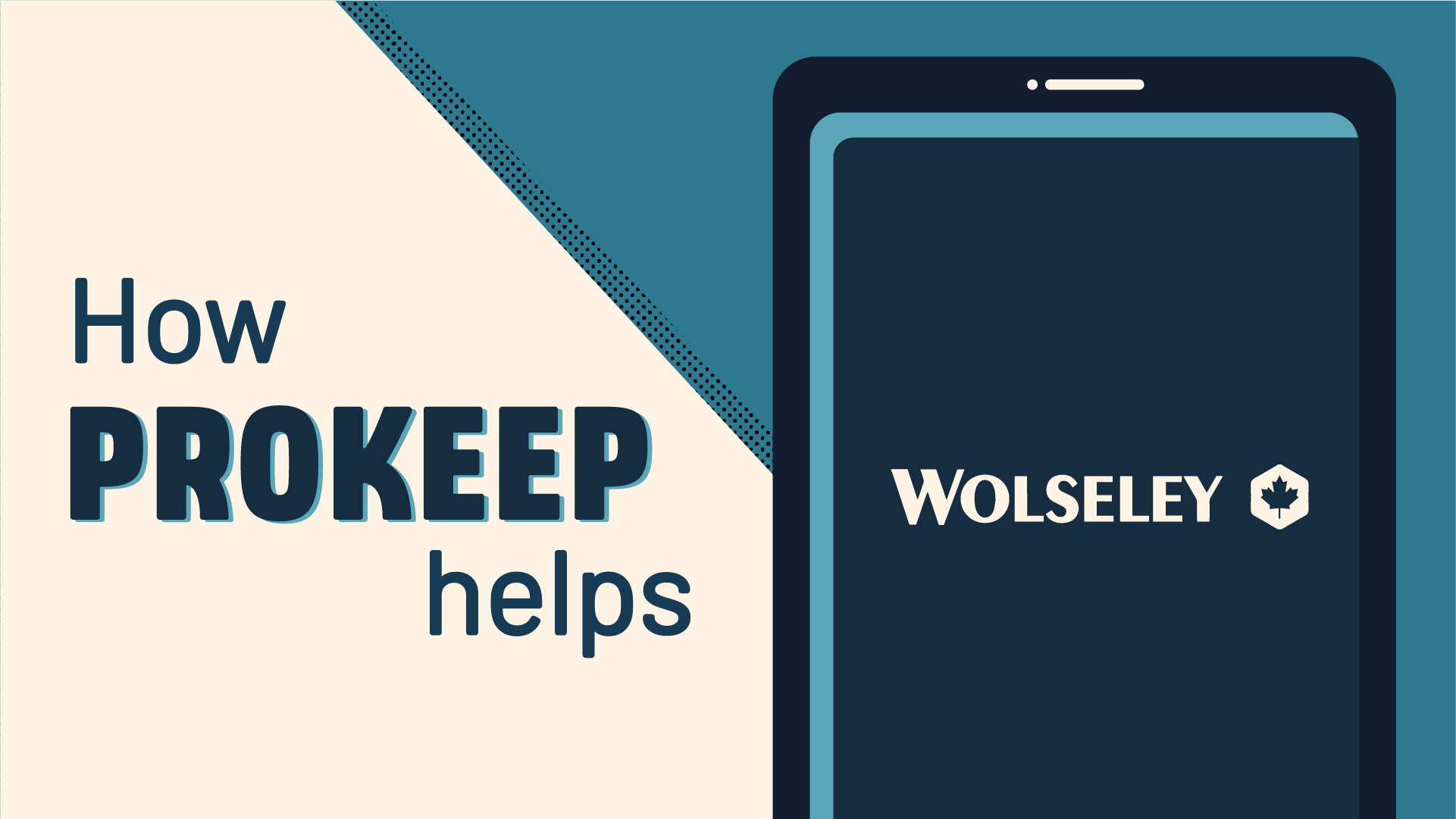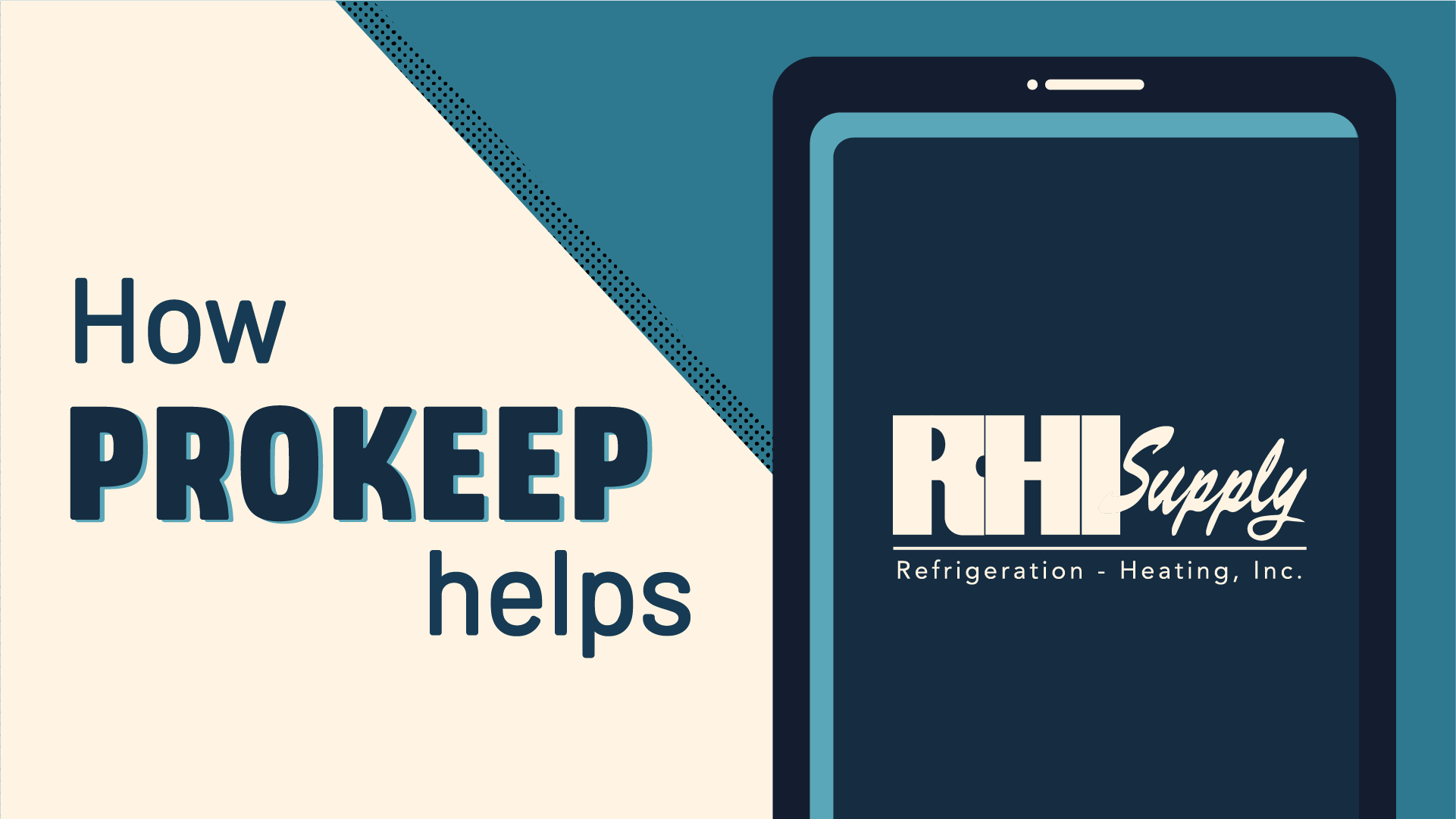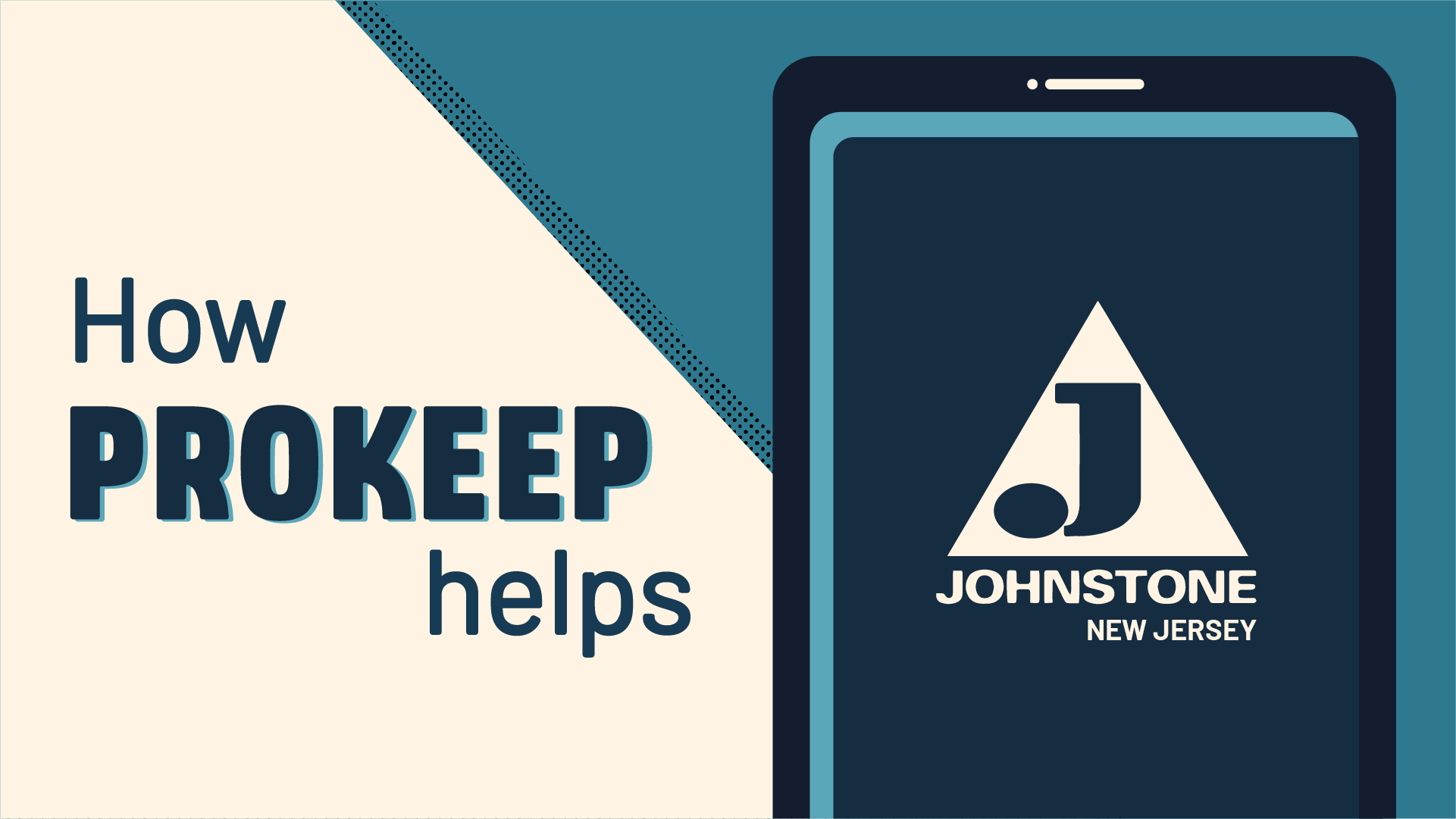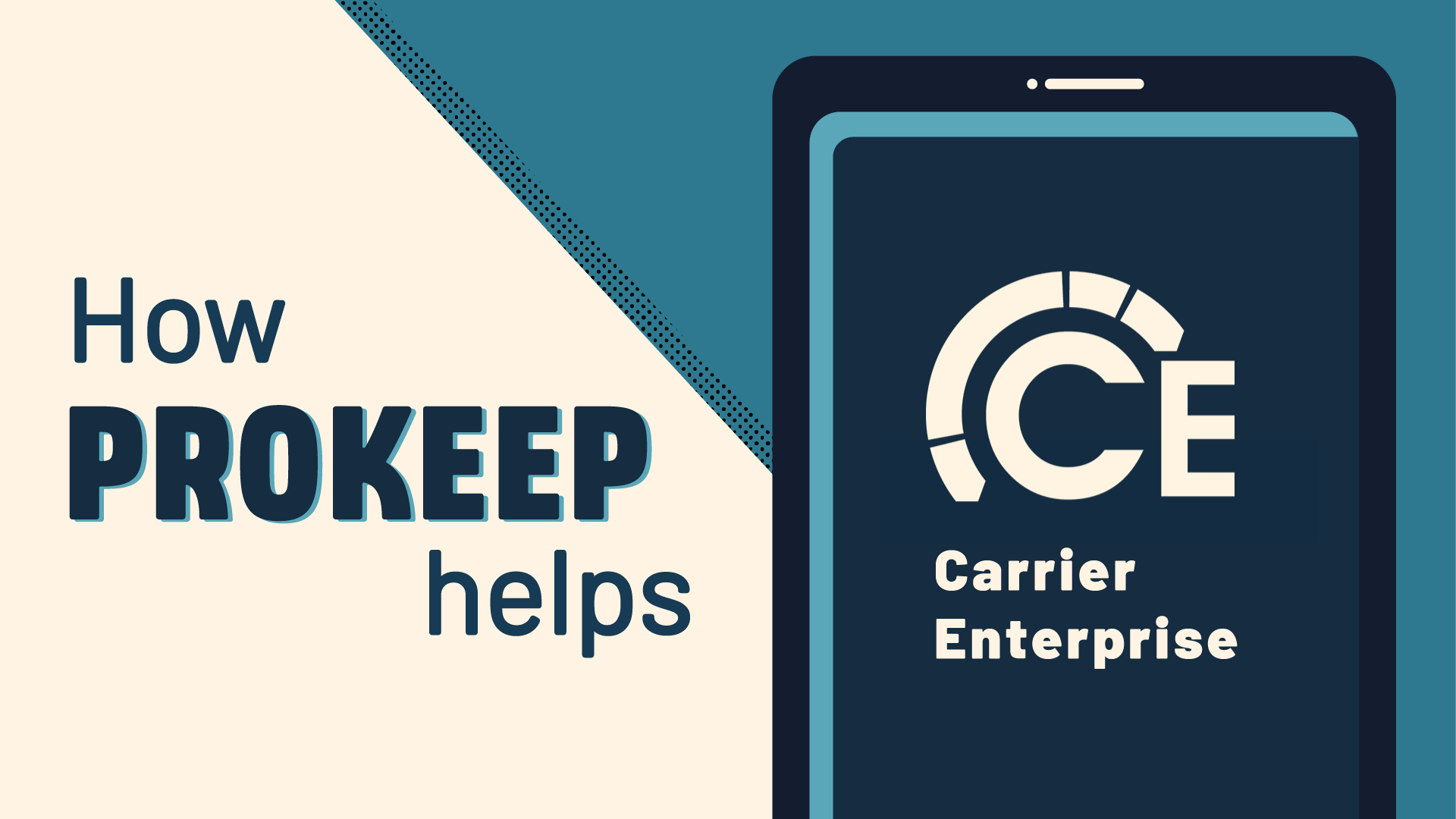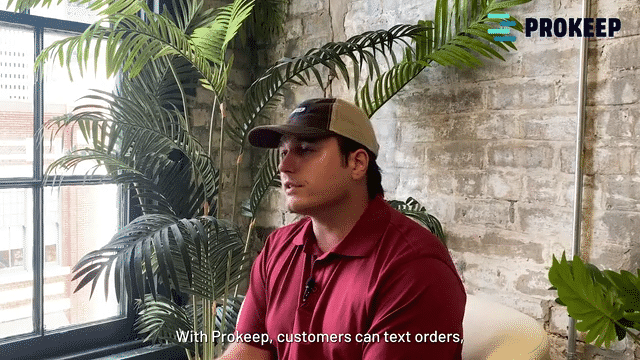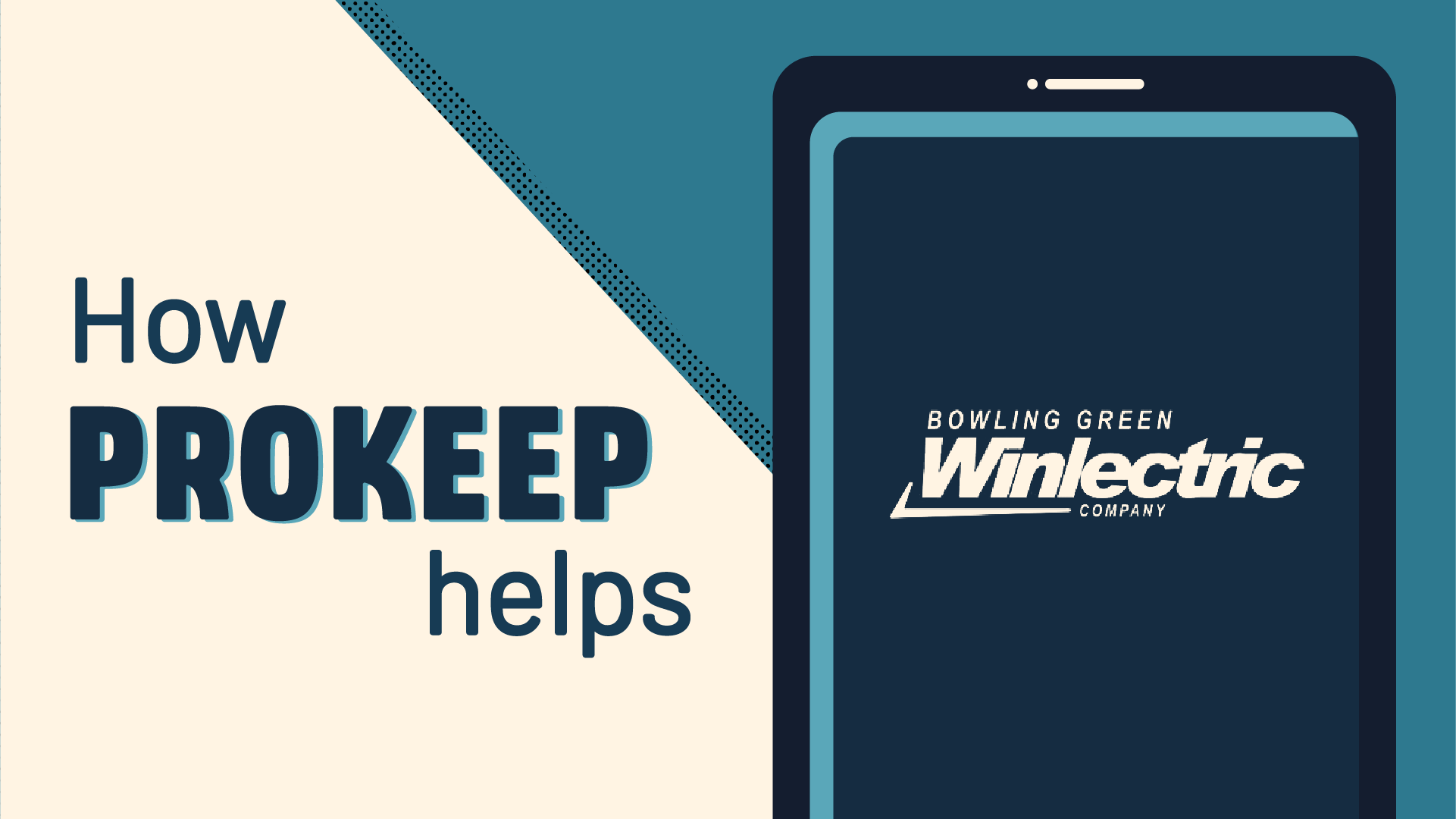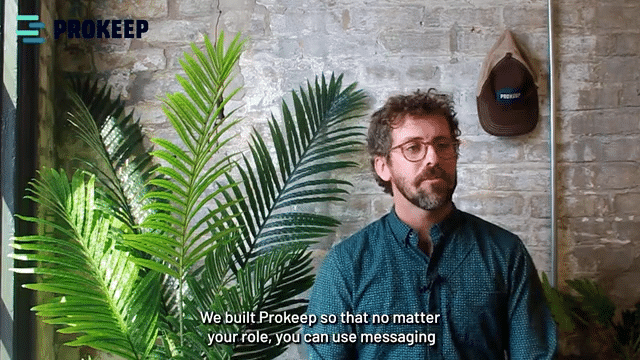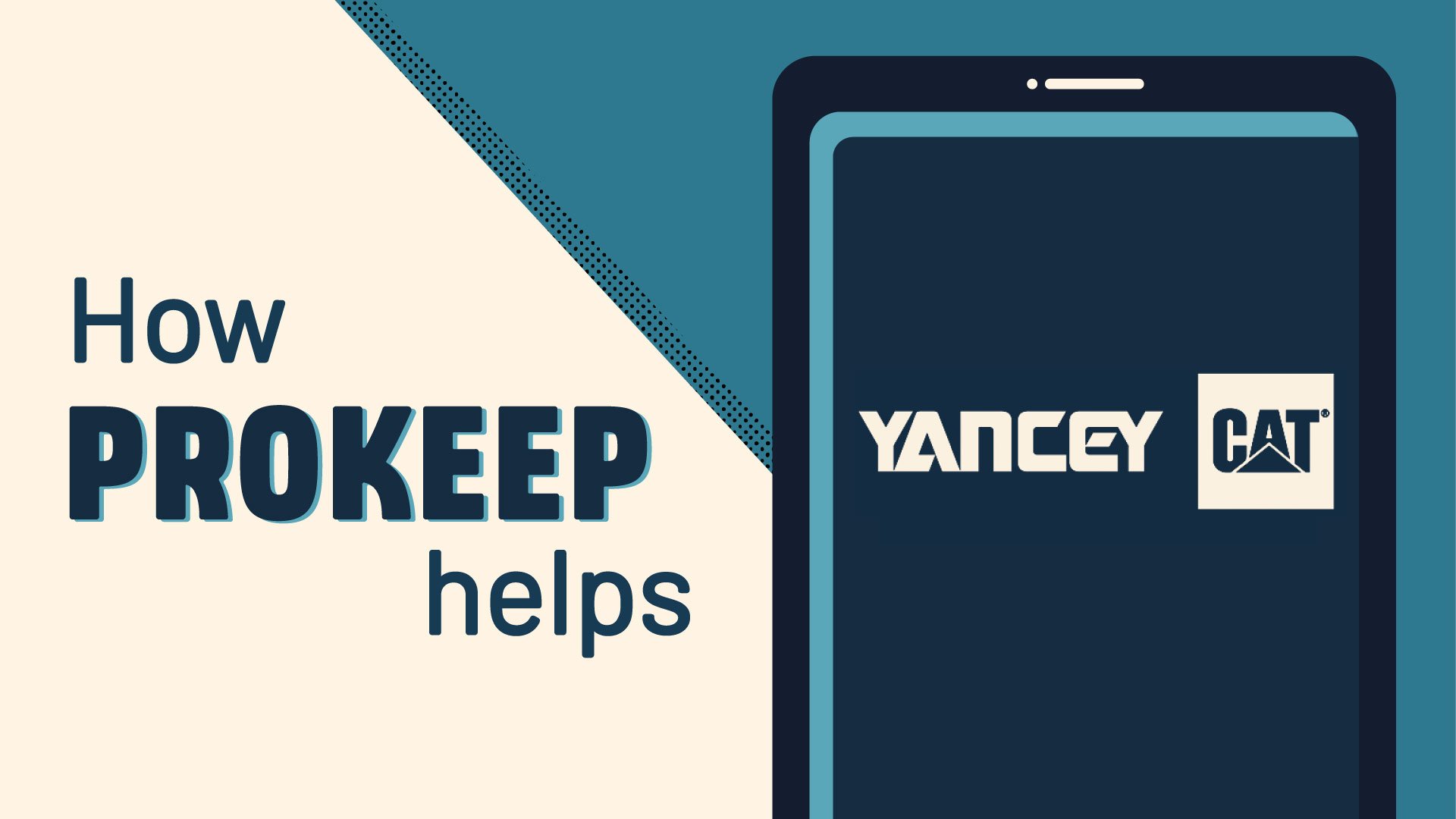Automation Without Sacrifice: Protecting Sales Commissions While Streamlining Orders


Executive Summary: The Sales Leader's Guide to Protecting Sales Commissions While Using Automation
Automation shouldn't create mistrust or confusion around sales ownership. Done right, automation enhances order flow while preserving rep visibility, attribution, and commission integrity.
Key Takeaways:
- Sales teams often resist automation when incentives are unclear
- Align automation workflows with sales incentives to maintain motivation
- Top-performing teams scale orders and accountability simultaneously
Introduction: Efficiency Shouldn't Undercut Sales Motivation
Sales reps drive revenue, so recognition and fair compensation are critical. As orders shift into automated channels, the question is inevitable: "Will I still get credit for this?" The solution isn't to slow innovation, but to design automation that protects rep ownership from the start.
Understanding the Challenge: When Automation and Incentives Clash
Customer expectations have shifted—permanently. Research shows that:
- 78% of business leaders say automation enhances productivity, but it can backfire when attribution and incentives aren't aligned.
- 61% of high-performing sales teams utilize automation, compared to only 46% of underperforming teams.
- 5% profit increase, nearly seven ppt EBITDA margin expansion, and 9% annual revenue growth came from distributors who had mastered process automation.
Solution Overview: Aligning Automation with Sales Ownership
Smart automation doesn't replace reps — it empowers them. With clear routing rules, customer tagging, and full order visibility, automation amplifies sales effectiveness and protects commission structures. Here are two practical ways to align efficiency with rep incentives:
Tip 1: Route Smart, Not Random
Order automation shouldn't feel like orders are vanishing into a black box. Routing
needs to reflect how sales ownership already works.
- Automate order capture, but ensure it's directed to the right rep or team with
clear, pre-set logic. - Align routing rules with existing sales territories, account ownership, or lead
sources. - Keep every automated order visible to the rep who owns the customer
relationship.
with it, trust builds naturally.
Tip 2: Track Rep Influence, Not Just Order Entry
Attribution shouldn't end with whoever hits "submit." Recognition needs to reflect the rep
who created and nurtured the relationship.
- Use tags, notes, or assignment rules to track engagement over time.
- Credit conversions to the rep influencing the customer, not just the one
submitting the final order. - Incorporate these influence metrics into commission or bonus considerations.
The result: Sales reps are recognized for relationship-building, not just order
processing, making automation a partner in their success.
Benefits and Expected Outcomes: Efficiency with Accountability
With aligned automation and clear attribution, distributors can expect:
- Higher adoption of automation tools with less resistance from reps.
- Cleaner, more reliable sales data and reporting.
- Increased order volume with stronger rep satisfaction.
- Better alignment between sales and operations teams.
Conclusion: Efficiency Without Sacrifice
Reps won't support automation that threatens their earnings. But when workflows protect ownership and attribution, automation becomes a driver of growth — not a source of friction. The future of sales is efficient, trackable, and rep-aligned: a faster path to orders that also keeps your team motivated and accountable.






.png)
